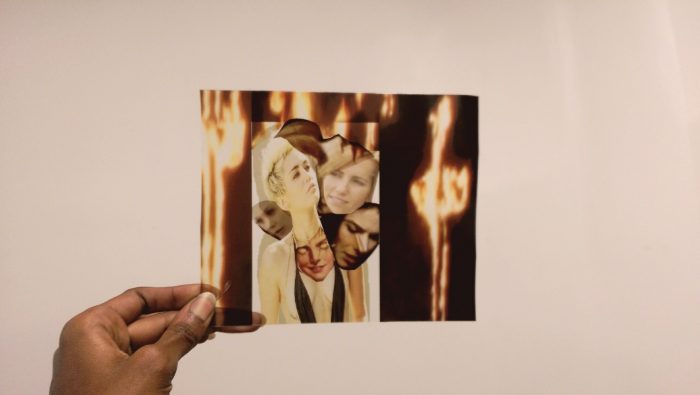
With the rigor of the Dadaists or the Surrealists, Kandis Williams takes apart myths of representation and the alleged unity of images. However, I would argue that Williams uses the deconstructive impulse enacted by the early 20-century avant-garde to much more progressive ends.
What is central here is that Williams insists not only on the subject matter she portrays, but also on the formal language she utilizes. Williams rightly argues, “Black artists are read always as didactic exacters of their own content, as they are expected to be speaking to something and not in some way, which makes ‘black’ content a material code in and of itself that floats above its aesthetic execution.” Artists who are outside the norms of a hegemonic white patriarchy are expected to be fully legible to a normative audience, or at least to make their work indisputably “about” race, class, gender or sexuality. Williams goes on, “Critical and institutional modes of validating and reading black authorship on a nuanced level of black cultural production are not yet developed enough to not collapse under the weight of a reading and situating of black artists, their working praxis and its varied content.”

To look at Williams’s work is to understand that identity is not something that manifests itself from some essential truth, but rather something that is constantly articulated through materials and impossibly complex lived experiences. Williams summarizes with the assertion that there remain “certain market logics for consuming identity,” which is to say that non-normative artists can only become part of the conversation once they are packaged and tied with the bow of acceptable difference.










 in your life?
in your life?

